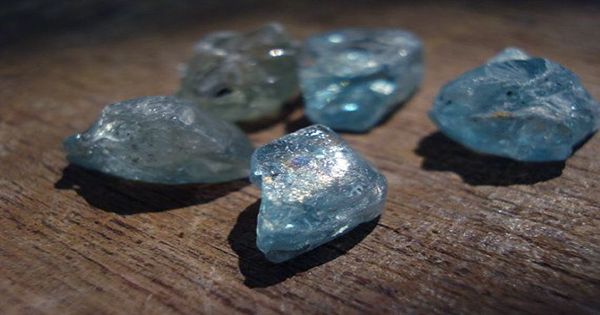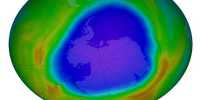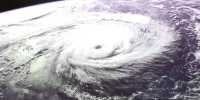The Earth’s crust is unique among the Solar Earth’s known rocky Earth because it is divided into continental plates that move and interact with ions. This feature is considered to be the key to life and there is a lot of unknown about how and when it started. Scientists have probably got a better idea about the answer to this question. Research over the past several years has suggested early beginnings for plate tectonics.
The new work seems to agree with this and pushed the date back another 3.6 billion years. Evidence supporting this view, published in Geochemical Perspectives, comes from material found in some of the world’s oldest zircons. The team collected 3,500 small zircons from Jack Hills in Western Australia, about 4.3 billion years ago and about 3 billion years ago. This tiny rat contains some uranium.
This material is radioactive and slowly decays into other elements. By measuring how much there is, the team can work on how old the minerals are. Study author Michael Ackerson said in a statement, “We’re rebuilding how the earth changed us today from a molten ball of stone and metal.” “No other planet has continents or liquid oceans or life. In the same way we are trying to answer the question of why the earth is unique and we can answer something with these zircons.”
Having a database of minerals over such a long period of Earth’s history allows researchers to explore changes on our planet. And scientists in this group found something really interesting: about 3.6 billion years ago, the amount of aluminum trapped in zircons increased. One way to do this is to make these zircons form deeper under the earth’s crust. It could be suggested that the Earth’s crust thickened and that tectonic plates kicked. “It’s really hard for aluminum to get into zircons because of the chemical bonds,” Ackerson said.
“You need to have a final geological state.” “This structural change is probably the beginning of modern-style plate tectonics and could probably signal the rise of life on Earth,” Ackerson said. “However, we need to do more research to determine the connections to the source of life of this geological transition.” At the same time, there are suggestions from the Acasta Guinness rock in northern Canada to increase the density of the Earth’s crust, but more samples from different parts of the world are needed to understand how the structural years of our planet affected its impact.















